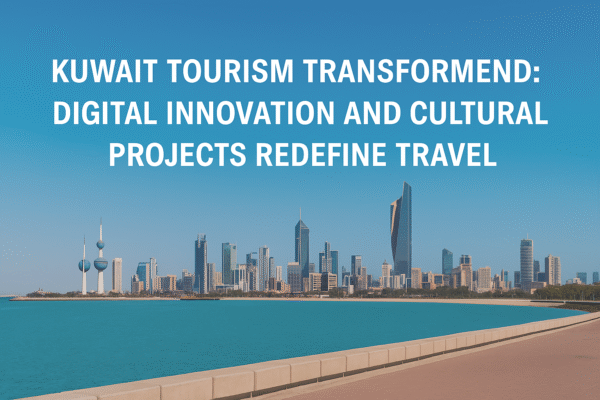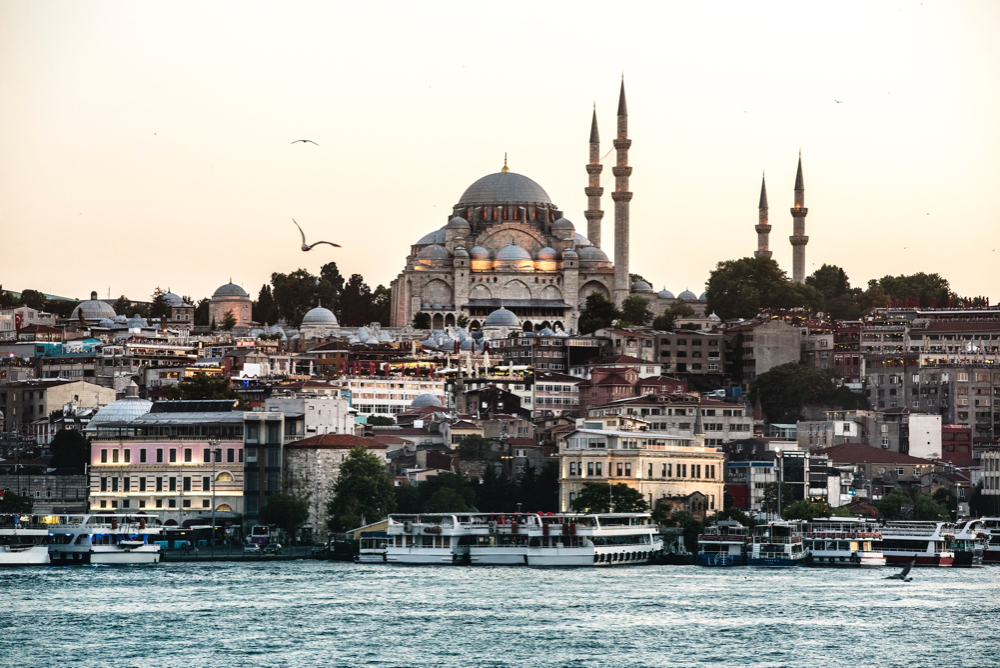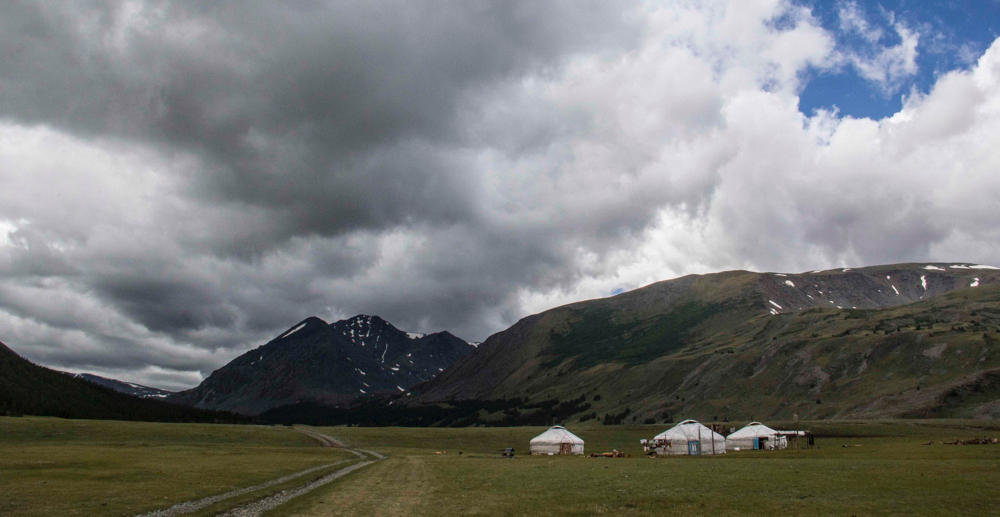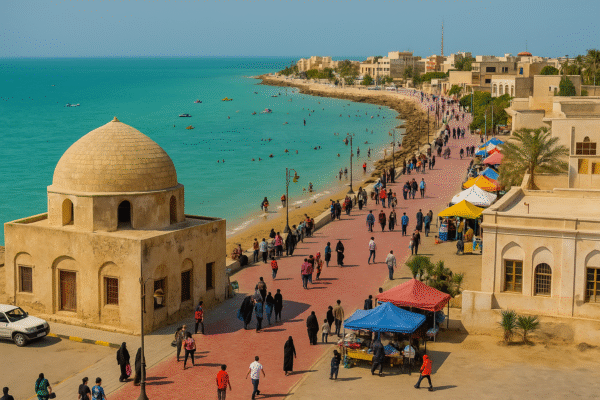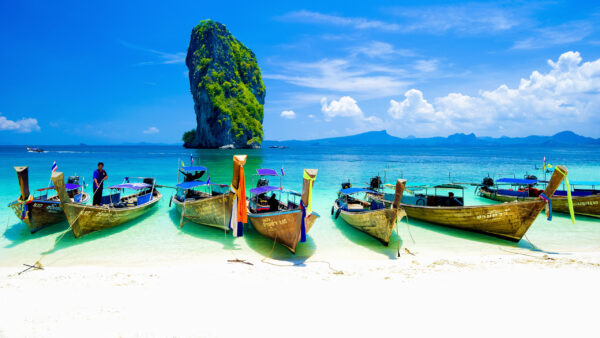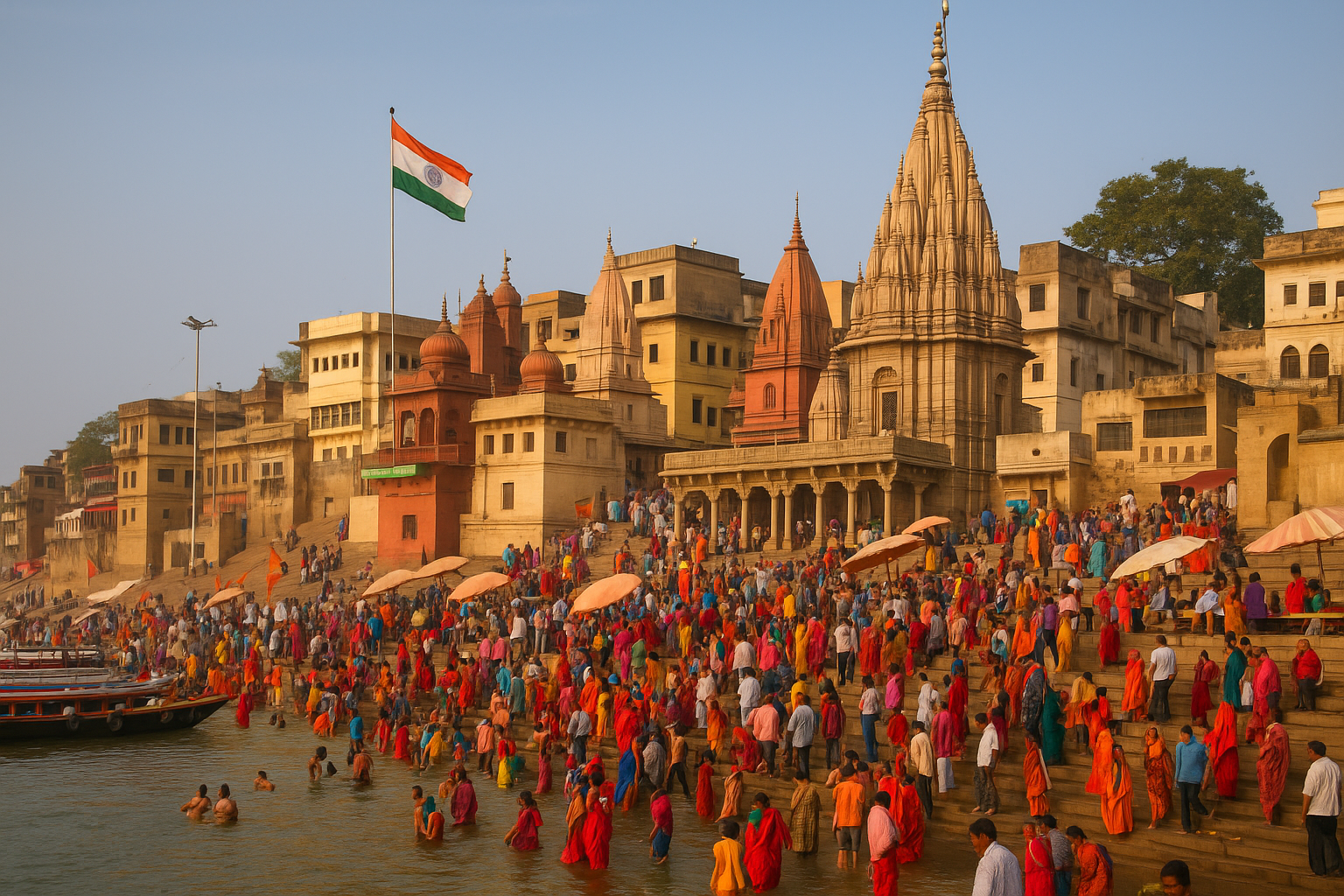Uttar Pradesh Leads India’s Religious Tourism Boom as Ayodhya, Varanasi, and Prayagraj Witness Record-Breaking Visitor Growth
Uttar Pradesh has officially cemented its status as India’s most visited state for religious and spiritual tourism, driven by historic surges in footfall across its iconic cities—Ayodhya, Varanasi, and Prayagraj. These sacred destinations are setting new tourism benchmarks as India experiences a remarkable revival in domestic spiritual travel.
This growth is the result of large-scale investments in tourism infrastructure, preservation of religious heritage, and state-backed programs to promote faith-based travel. Uttar Pradesh is not only redefining India’s spiritual map but also emerging as a key economic engine through tourism-driven development.
Ayodhya Sees Unprecedented Surge in Pilgrimage Travel
Ayodhya has witnessed a staggering leap in tourist arrivals, growing from just 2.83 lakh visitors in 2016 to over 13.44 crore by September 2024. The transformation of this ancient city—linked to Lord Ram—is at the heart of India’s spiritual renaissance. The ongoing construction and recent inauguration of the Ram Mandir have placed Ayodhya on the global pilgrimage map, with devotees arriving in record numbers from India and abroad.
To support this influx, the state has improved infrastructure through projects such as the Maryada Purushottam Shri Ram International Airport, new expressways, and dedicated tourism amenities. According to the Uttar Pradesh Tourism Department, Ayodhya is poised to welcome even larger crowds during upcoming spiritual festivals and the expected global surge in interest following the completion of temple precincts.
Varanasi’s Kashi Vishwanath Corridor Fuels Tourism Boom
In Varanasi, the redevelopment of the Kashi Vishwanath Corridor has triggered a monumental spike in tourist visits—from 50 lakh annually before the upgrade to more than 6 crore today. The improved connectivity between the Kashi Vishwanath temple and the Ganga riverfront has modernized the pilgrim experience while preserving the city’s sacred charm.
The city—associated with Lord Shiva and revered as one of the oldest living cities in the world—is also benefiting from cultural tourism, spiritual wellness offerings, and cruise-based river tourism on the Ganga. Local artisans and hospitality providers are witnessing a ripple effect of prosperity thanks to the boom in arrivals.
Prayagraj’s Mahakumbh Breaks Global Pilgrimage Records
Prayagraj, the confluence city of the Ganga, Yamuna, and mythical Saraswati rivers, shattered pilgrimage records when it hosted over 66 crore visitors during the last Mahakumbh. As preparations begin for the 2025 Maha Kumbh Mela, expectations are soaring. The event is expected to bring in even greater numbers, making it one of the largest gatherings of humanity on Earth.
To support the event, massive logistical and urban development work is underway—including tent cities, new sanitation systems, improved roads, and railway enhancements. This event not only enhances Prayagraj’s spiritual magnetism but reinforces Uttar Pradesh’s ability to host global-scale religious events.
Spiritual Revival Beyond Major Cities
The religious tourism boom is not limited to headline cities. Smaller pilgrimage circuits such as Vindhyavasini Dham in Mirzapur, Chitrakoot, and the Krishna-Radha trail through Mathura, Vrindavan, Barsana, Gokul, Govardhan, and Nandgram are experiencing rejuvenation.
The state government has launched initiatives to promote these lesser-known spiritual centers, investing in beautification projects, digital tourism tools, and infrastructure to improve accessibility. As travelers seek authentic, immersive spiritual journeys, these sites are playing a vital role in expanding the state’s tourism economy.
Economic Boost and Hospitality Employment Surge
Tourism is now a strategic economic driver for Uttar Pradesh. According to India’s Ministry of Tourism and industry reports, the country’s hospitality sector is projected to generate nearly 10% of new jobs, with religious tourism as the primary catalyst. In Uttar Pradesh alone, tourism employment has doubled in the past two years.
The state is expected to need at least 1 million new hotel rooms over the next seven years to meet projected demand. This expansion will create over 3.5 million direct and indirect jobs, particularly in Tier 2 and Tier 3 cities where luxury hotels are beginning to open new properties to accommodate the growing pilgrim population.
Major hotel brands such as Taj, Radisson, and ITC are now exploring opportunities in spiritual towns—bringing modern hospitality experiences to traditional cities.
Government-Backed Tourism Strategy Spurs Growth
Uttar Pradesh’s success in tourism is also rooted in visionary governance. Strategic coordination between the central and state governments has made religious tourism a policy priority. Major investments in high-speed rail networks, new airports (including Ayodhya and Jewar International), and six-lane expressways have made travel to pilgrimage centers more accessible.
The government is also leading efforts in heritage conservation, ensuring the restoration and preservation of ancient temples, ghats, and spiritual sites. Alongside this, local artisans and craftspeople are supported through initiatives that tie tourism to sustainable livelihoods—such as showcasing Banarasi textiles or Mathura’s traditional sweets.
Uttar Pradesh: India’s Spiritual Capital and Global Pilgrimage Gateway
As India prepares to further expand its tourism potential, Uttar Pradesh is emerging as its spiritual and economic anchor. With its unmatched religious heritage, continuous infrastructure improvements, and policy alignment, the state is poised to attract a new generation of mindful travelers and faith seekers.
Uttar Pradesh is no longer just a stop on the pilgrimage circuit—it is India’s spiritual capital, drawing millions in search of devotion, culture, and connection. In doing so, it is not only powering the state’s economy but also leading the way for India’s tourism-led development in the decade ahead.
For more travel news like this, keep reading Global Travel Wire


